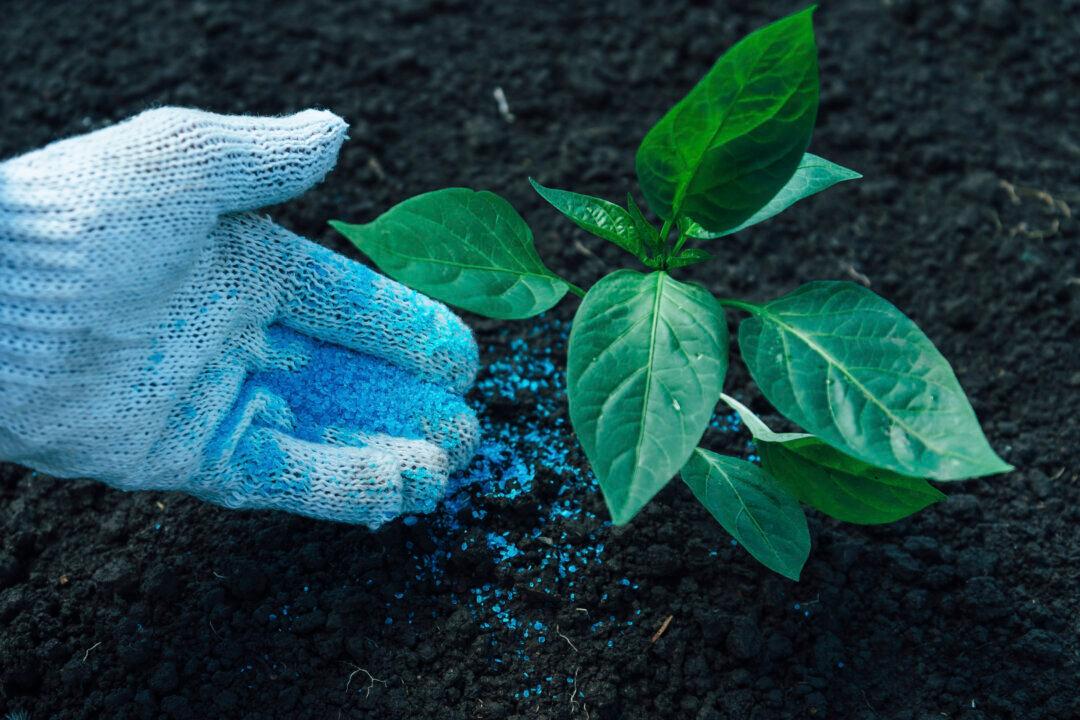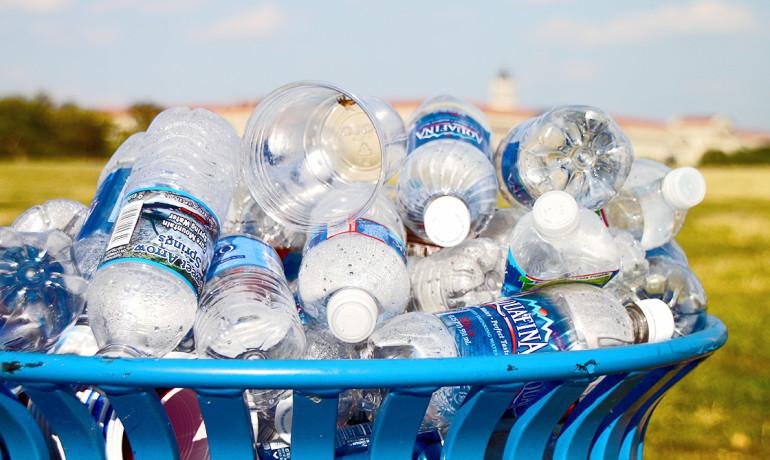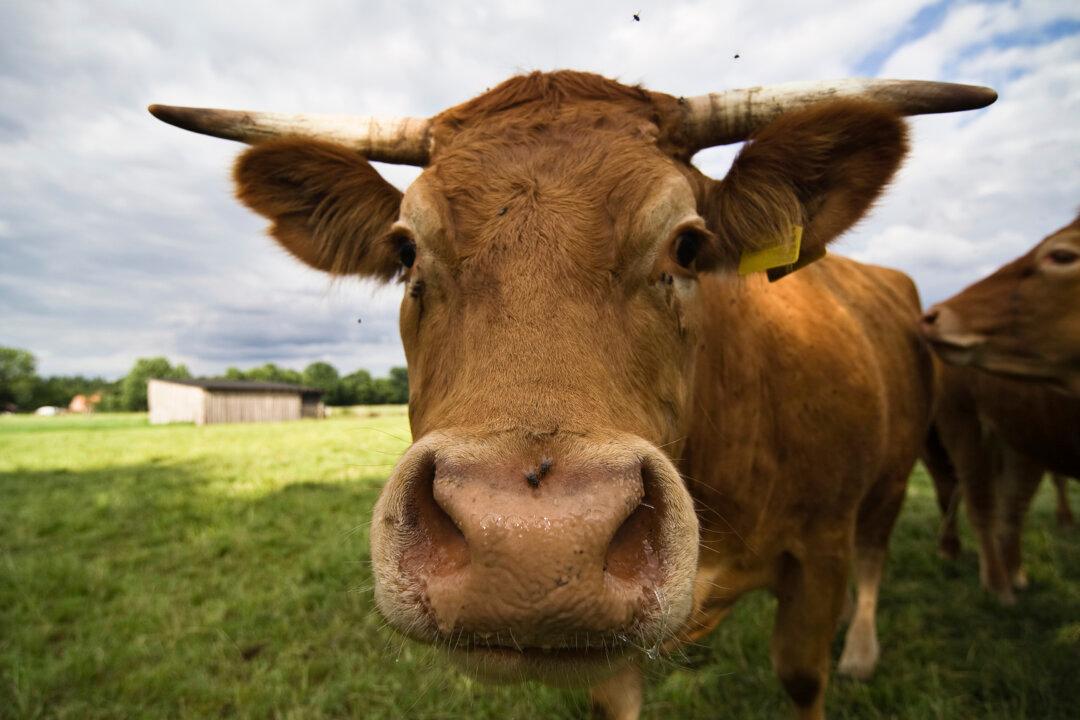Adding nitrogen and phosphorous to the soil beneath grasslands shifts the natural communities of fungi, bacteria, and microscopic organisms called archaea that live in the soil.
Scientists associated with the Nutrient Network, a global grid of scientists who investigate ecological responses in grasslands around the world, reveal that microbial community responses to fertilizer inputs were globally consistent and reflected plant responses to the inputs.
Many soil microbes perform helpful functions to their native ecosystems, and altering those microbial communities may have negative environmental consequences, says Kirsten Hofmockel, an associate professor in the Iowa State University department of ecology, evolution, and organismal biology.
“These shifts are somewhat predictable, and this helps us to understand how human activity can affect microbial communities in the soil, something that isn’t very well understood,” she says.
For instance, some soil microbes change the form of nitrogen in the soil. Ammonia-oxidizing archaea feed on ammonia and then convert it into nitrate. Hofmockel says the research shows that those ammonia oxidizers grow as more nitrogen is introduced, essentially because those organisms have access to more food. As a consequence, increasing amounts of nitrate may leach into waterways, Hofmockel says.



